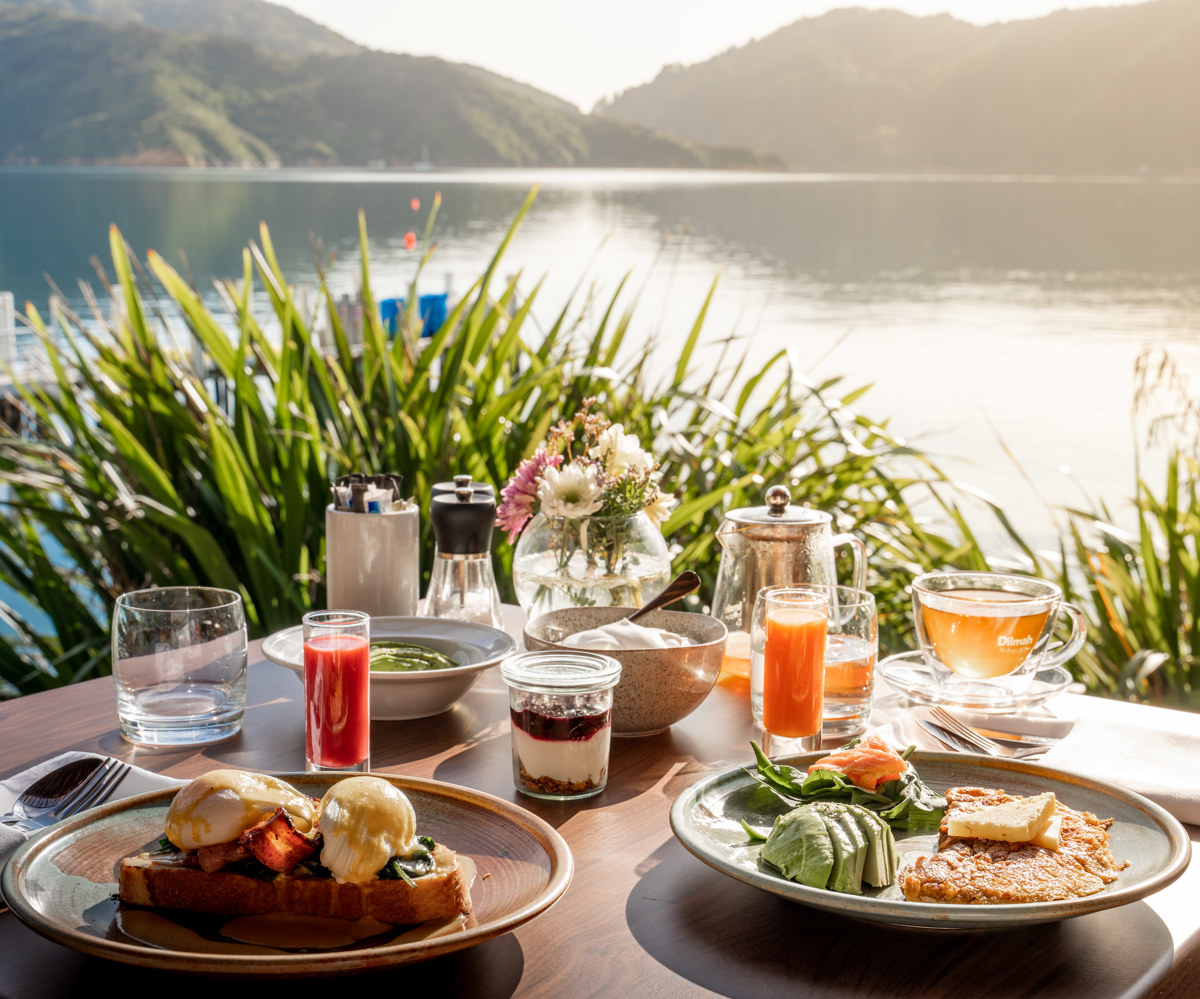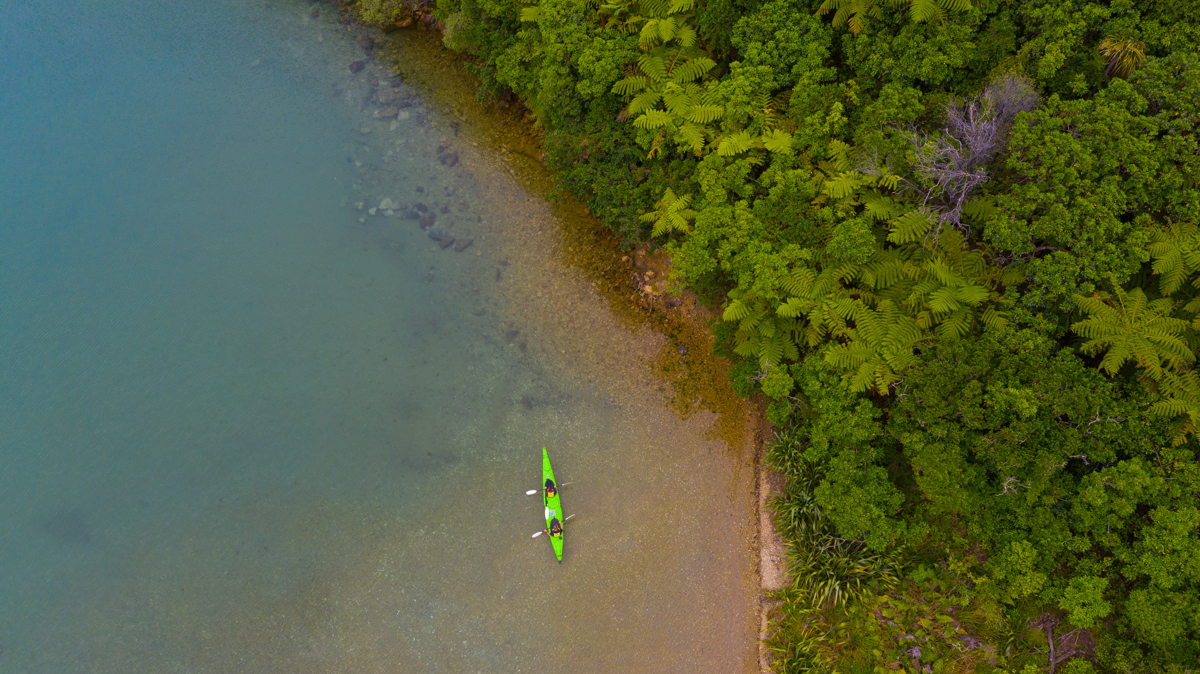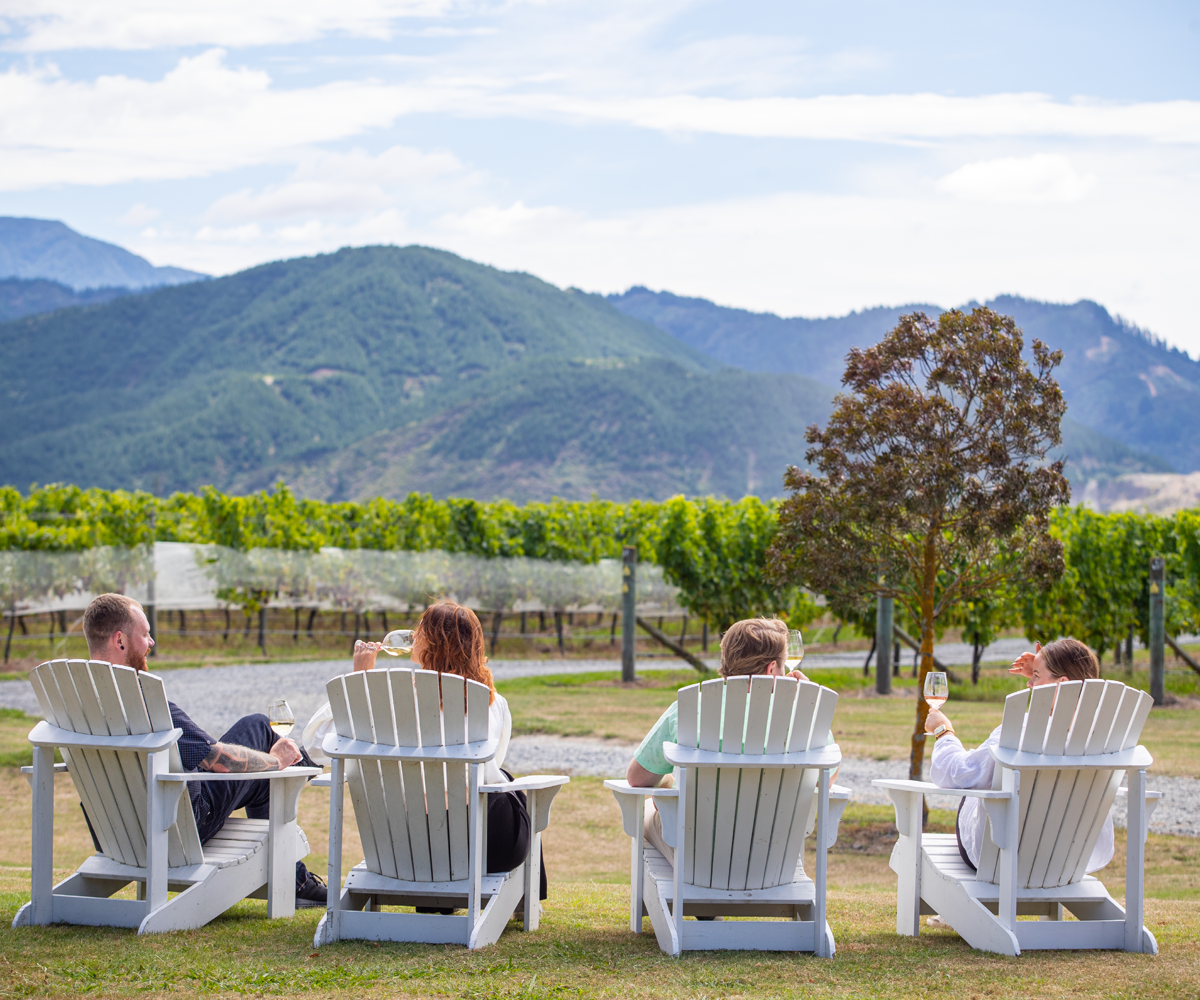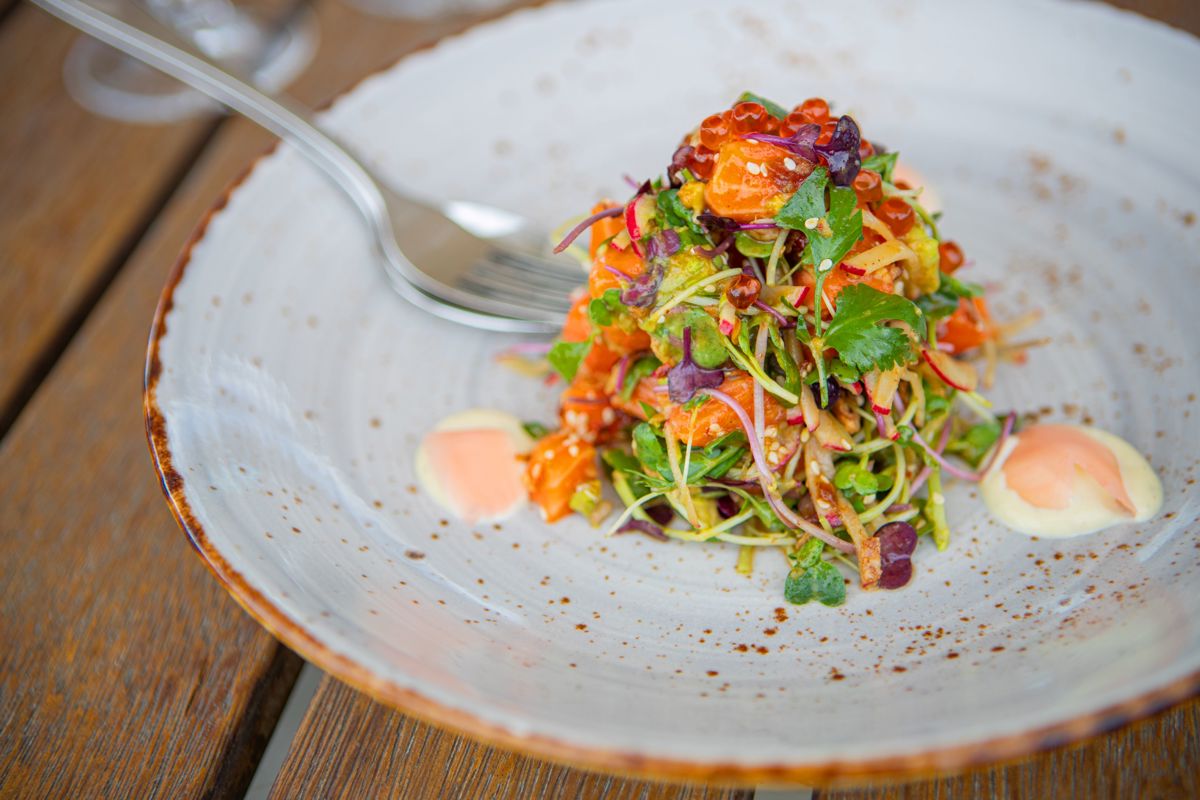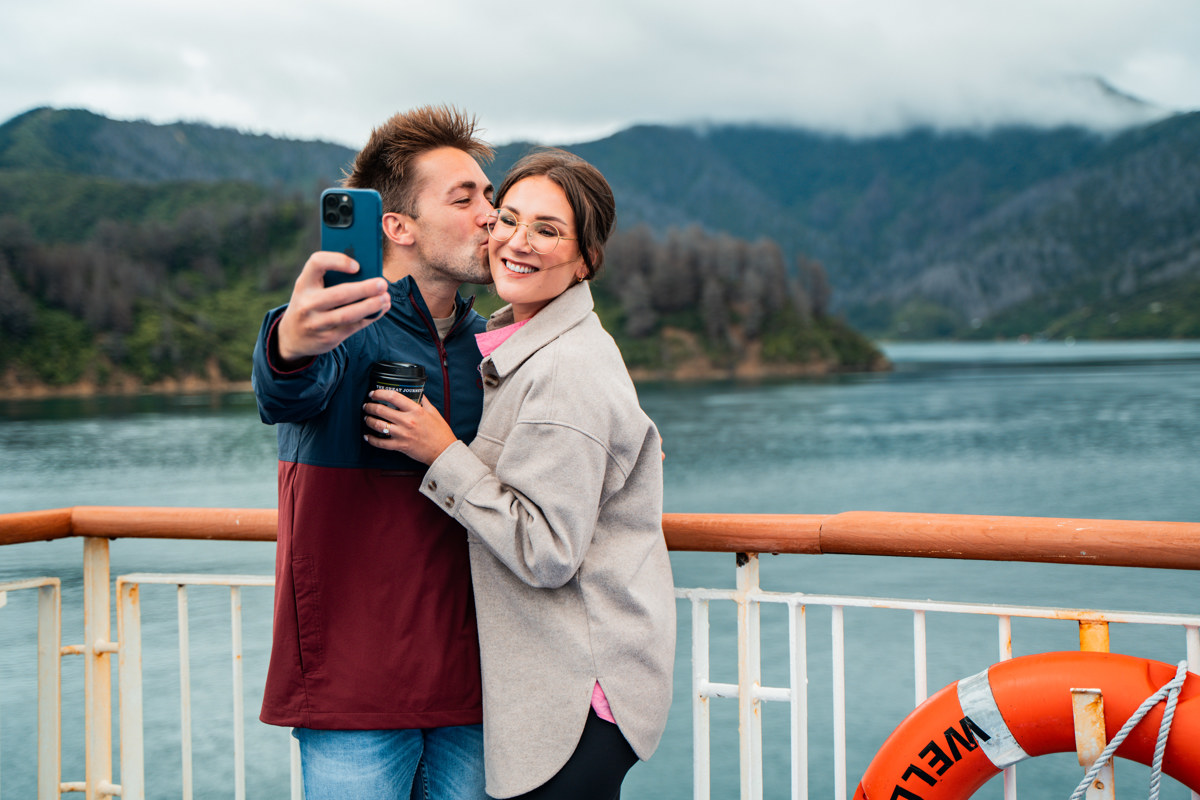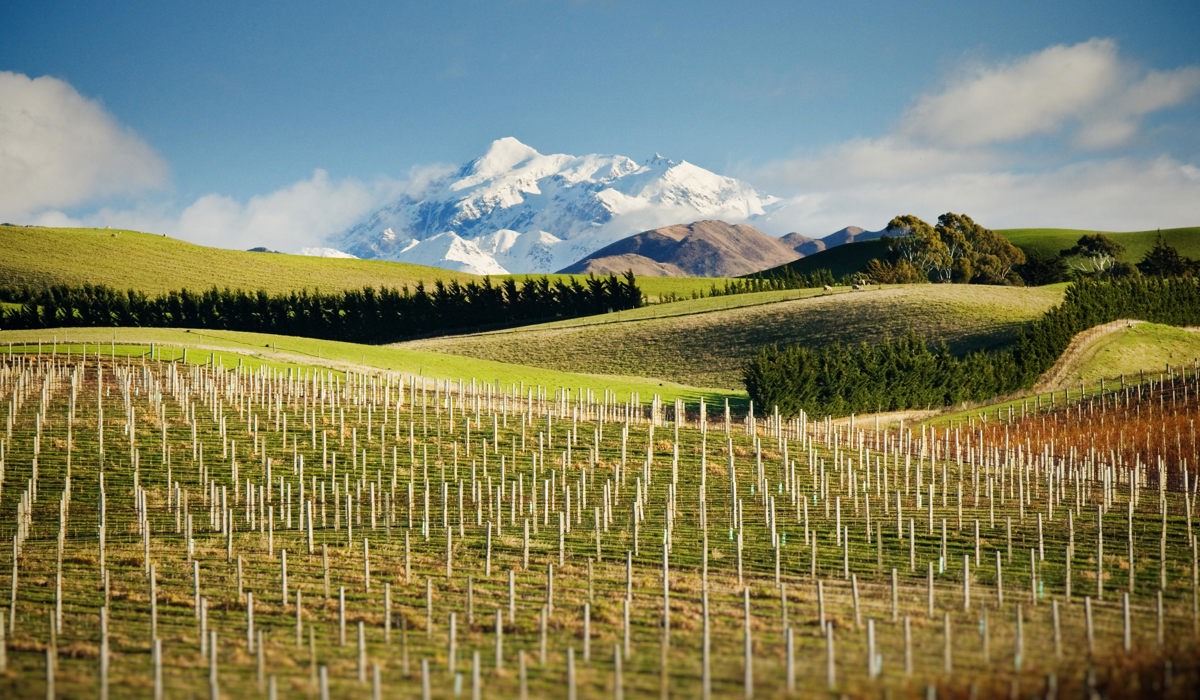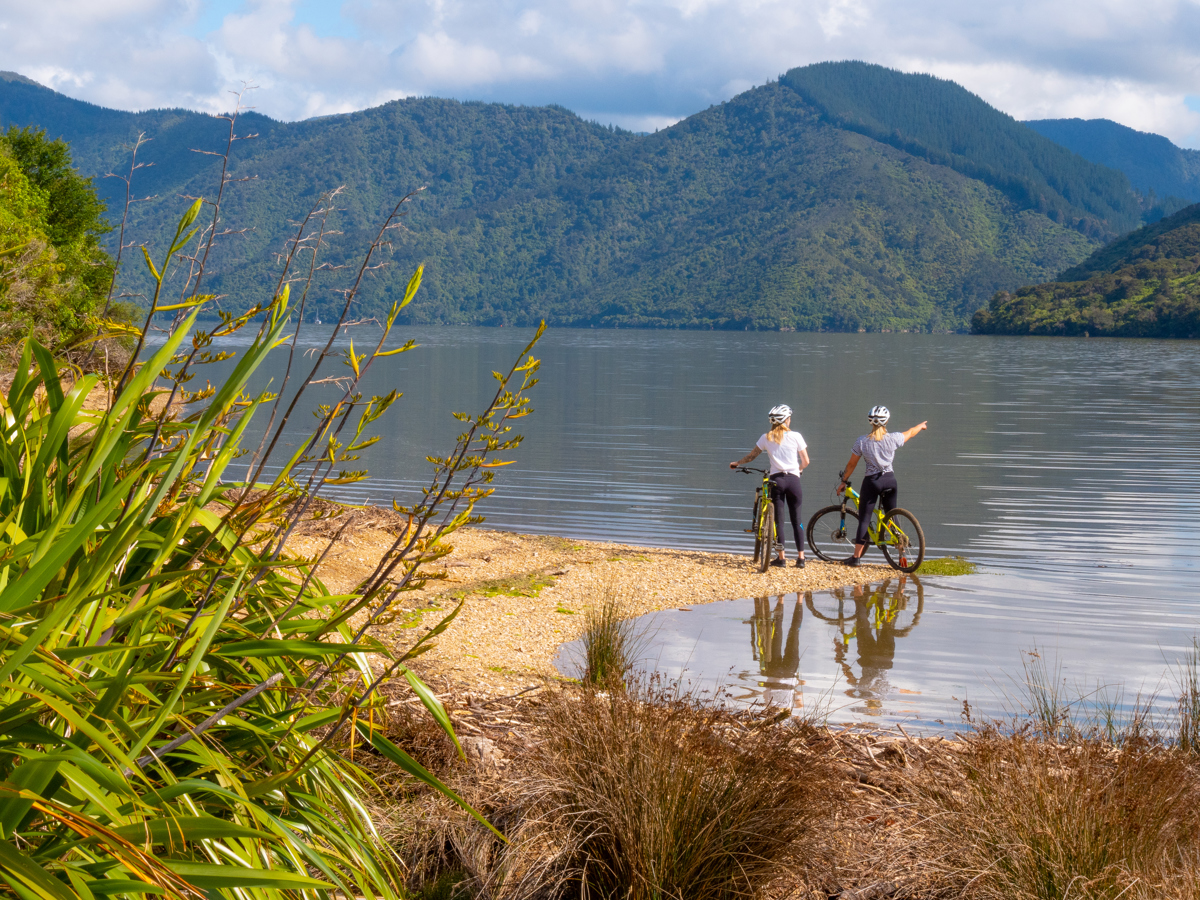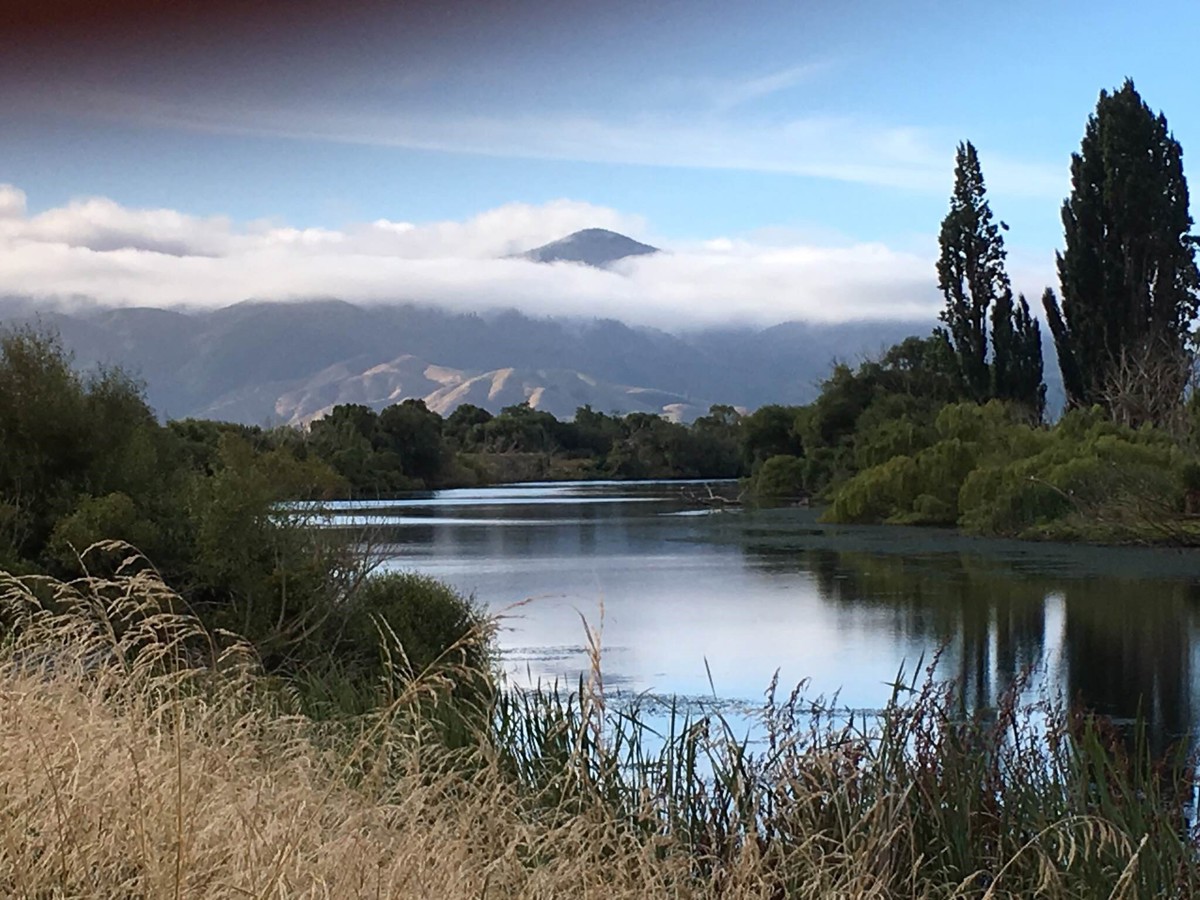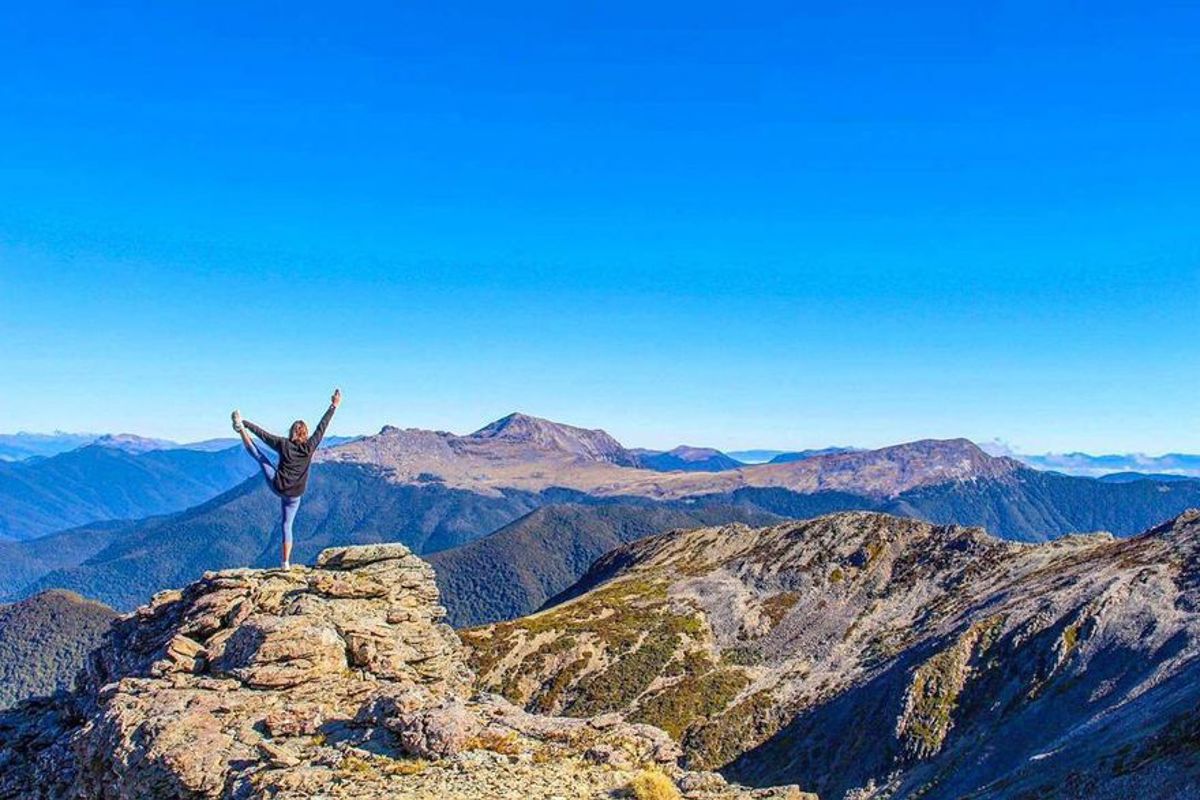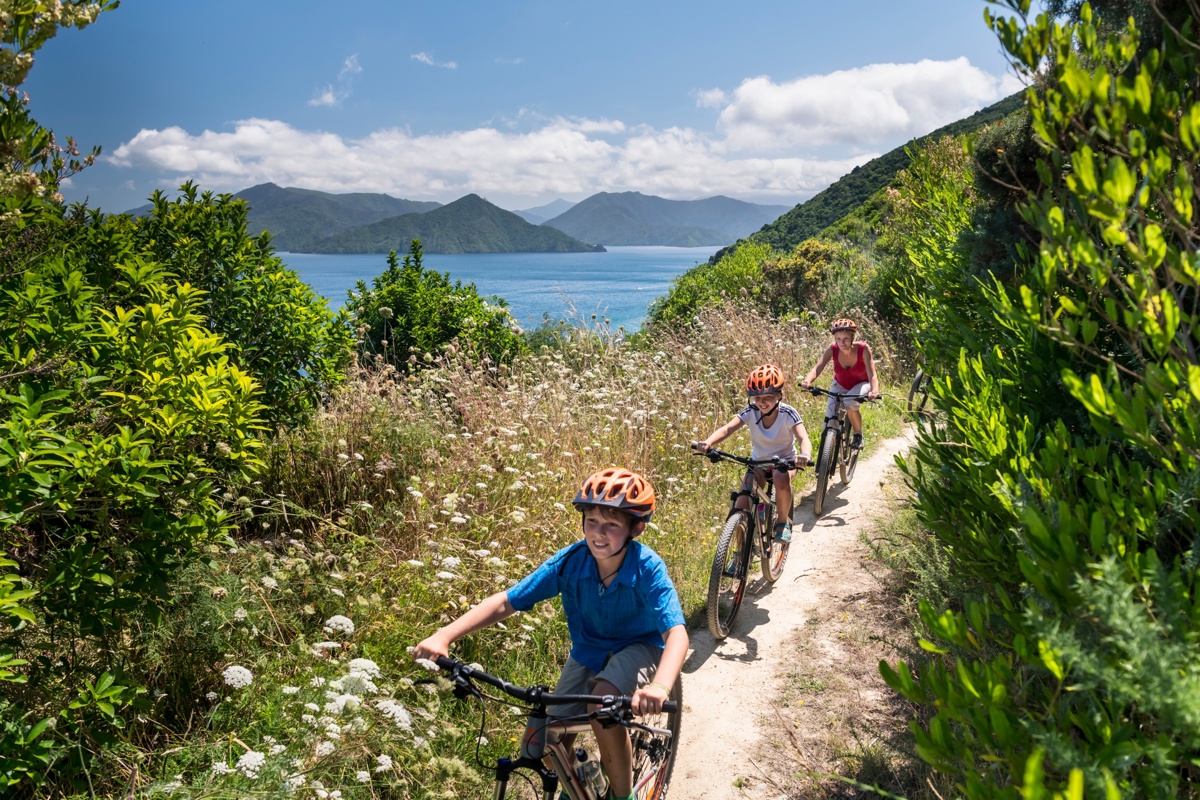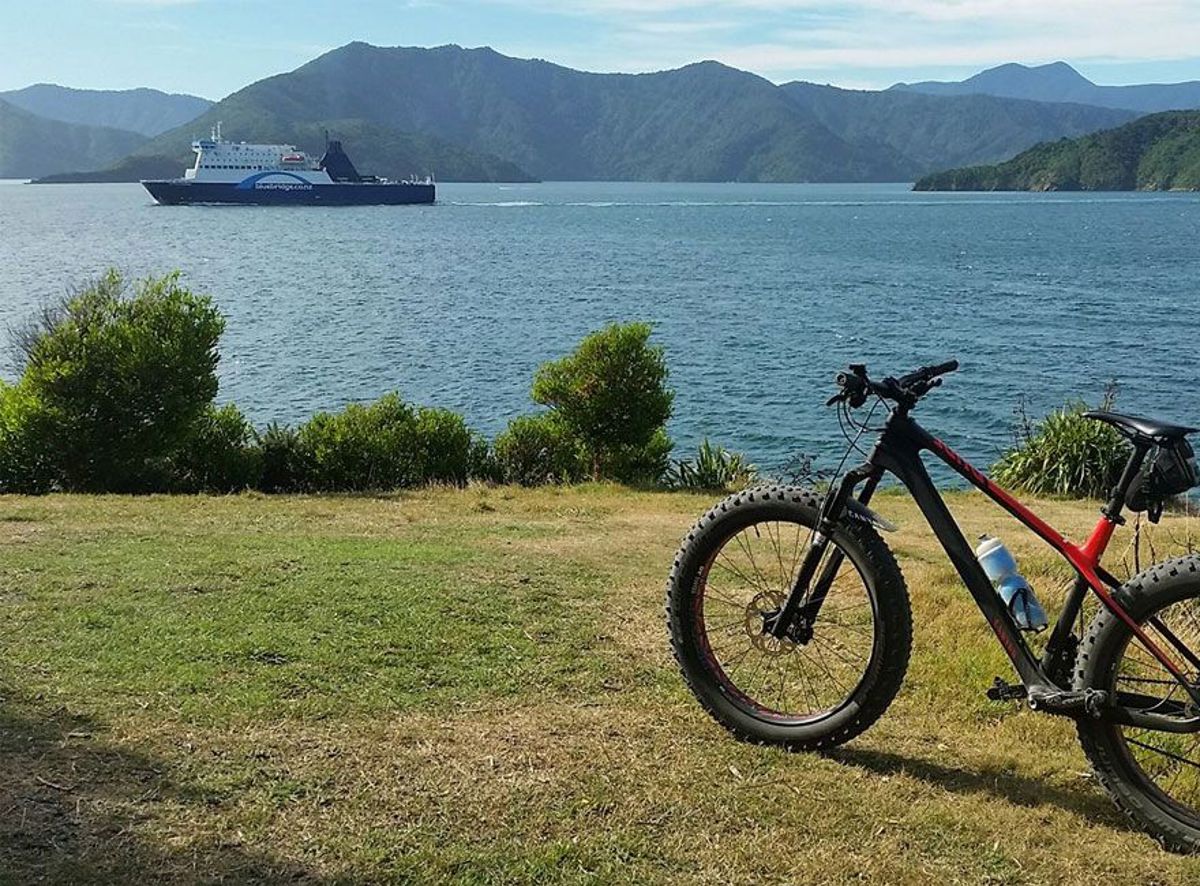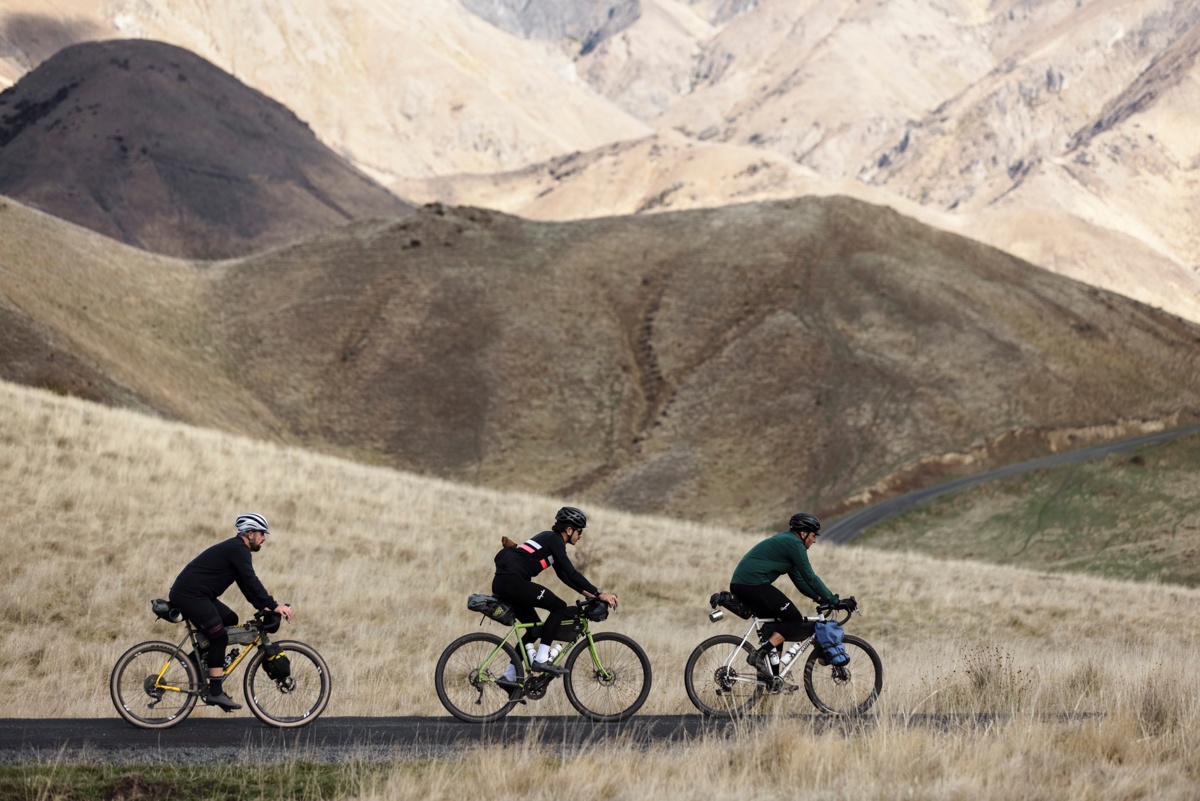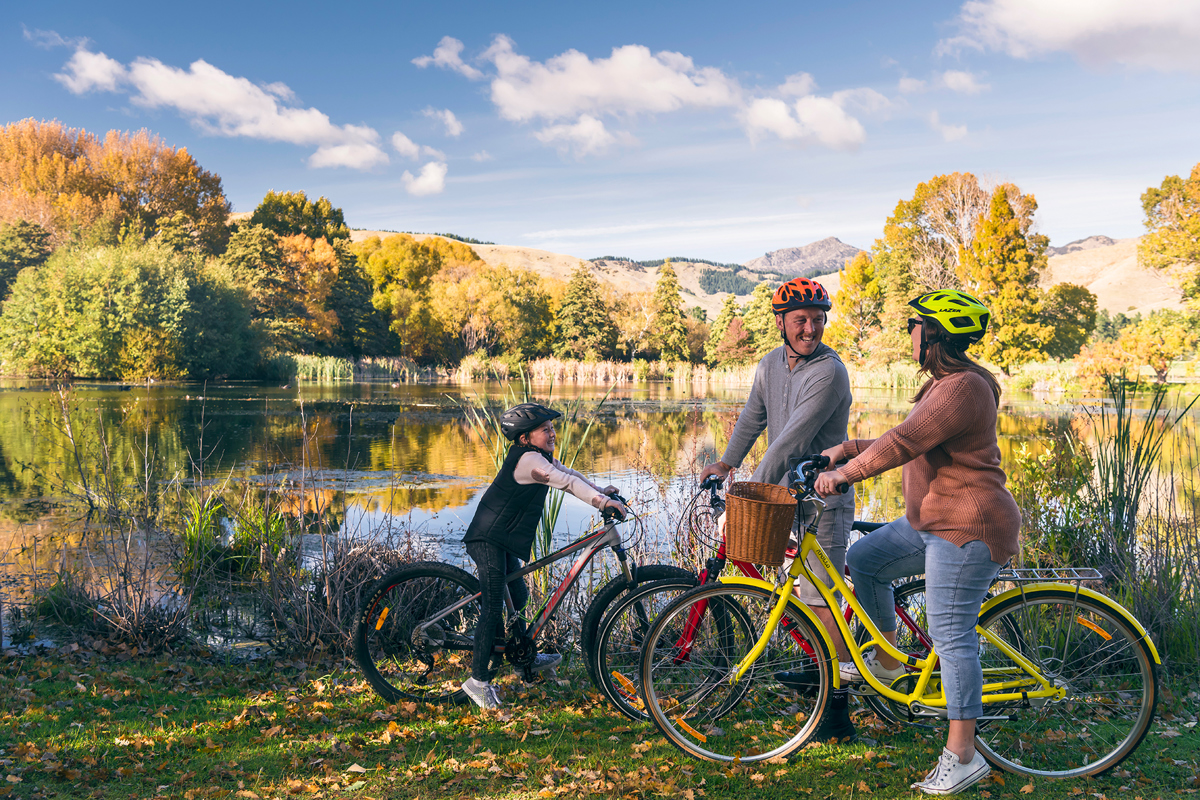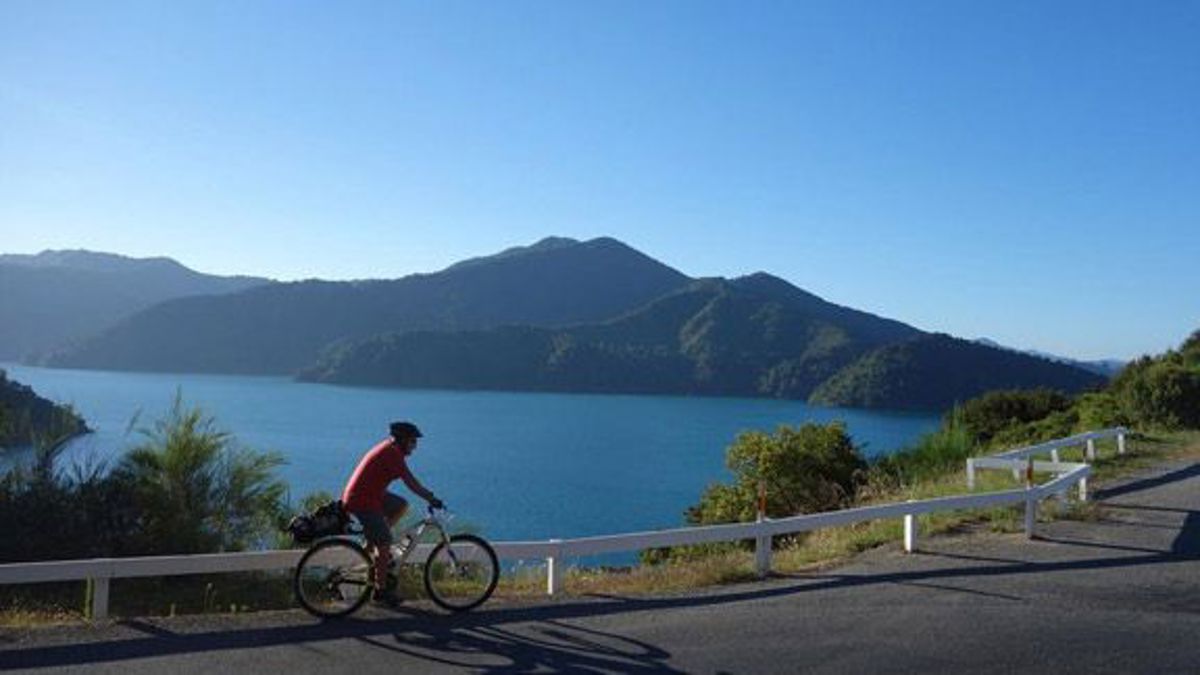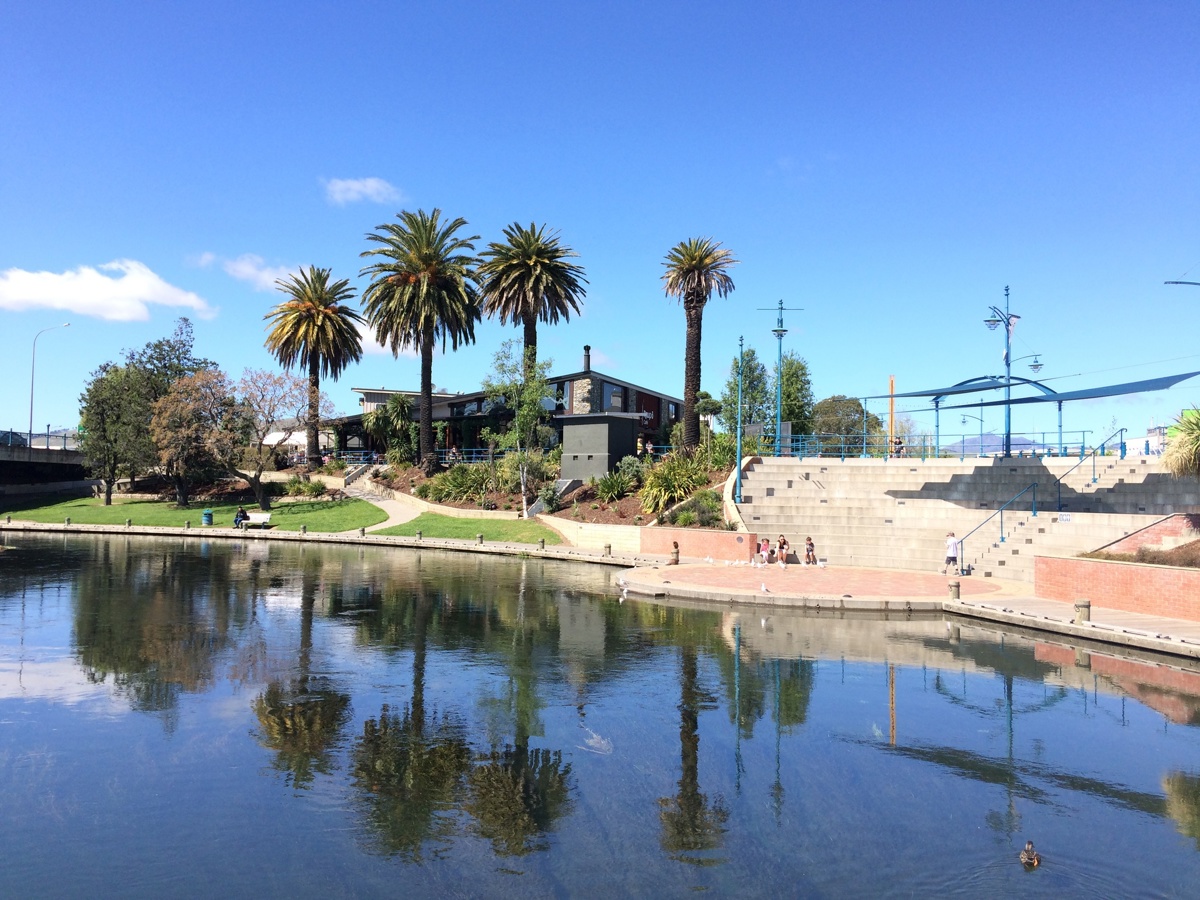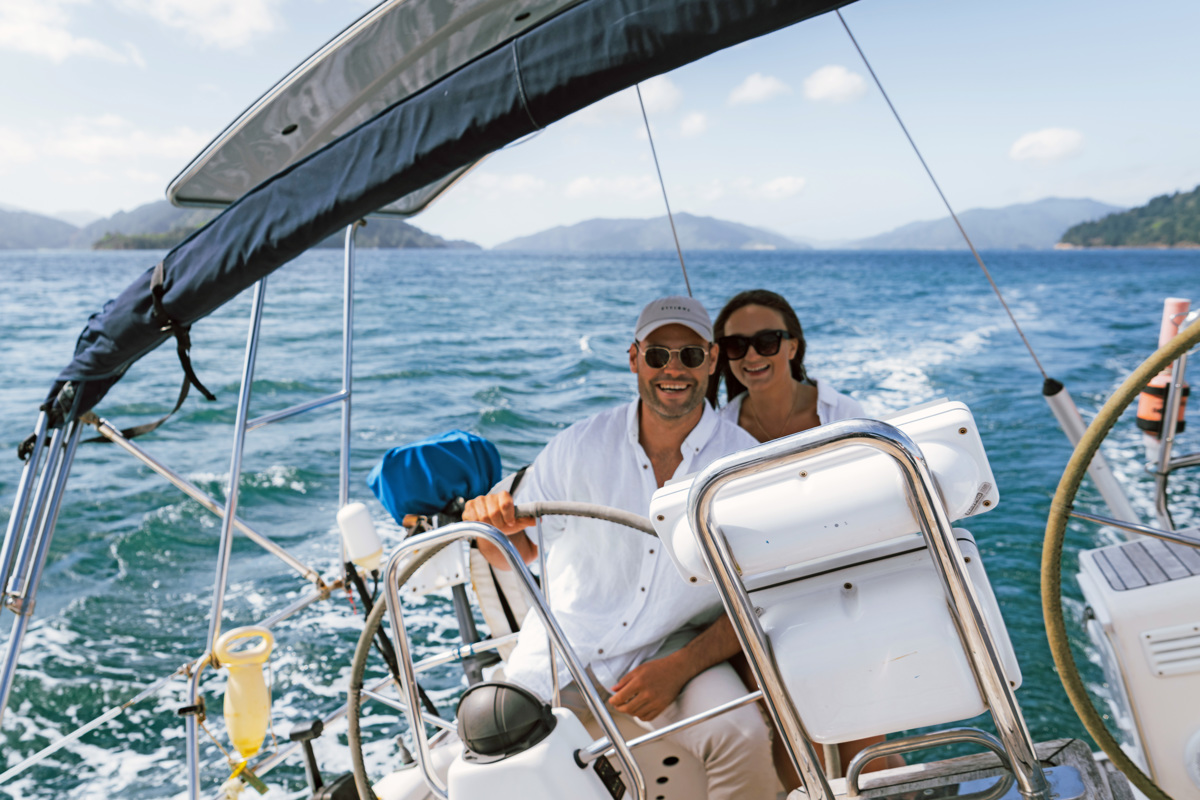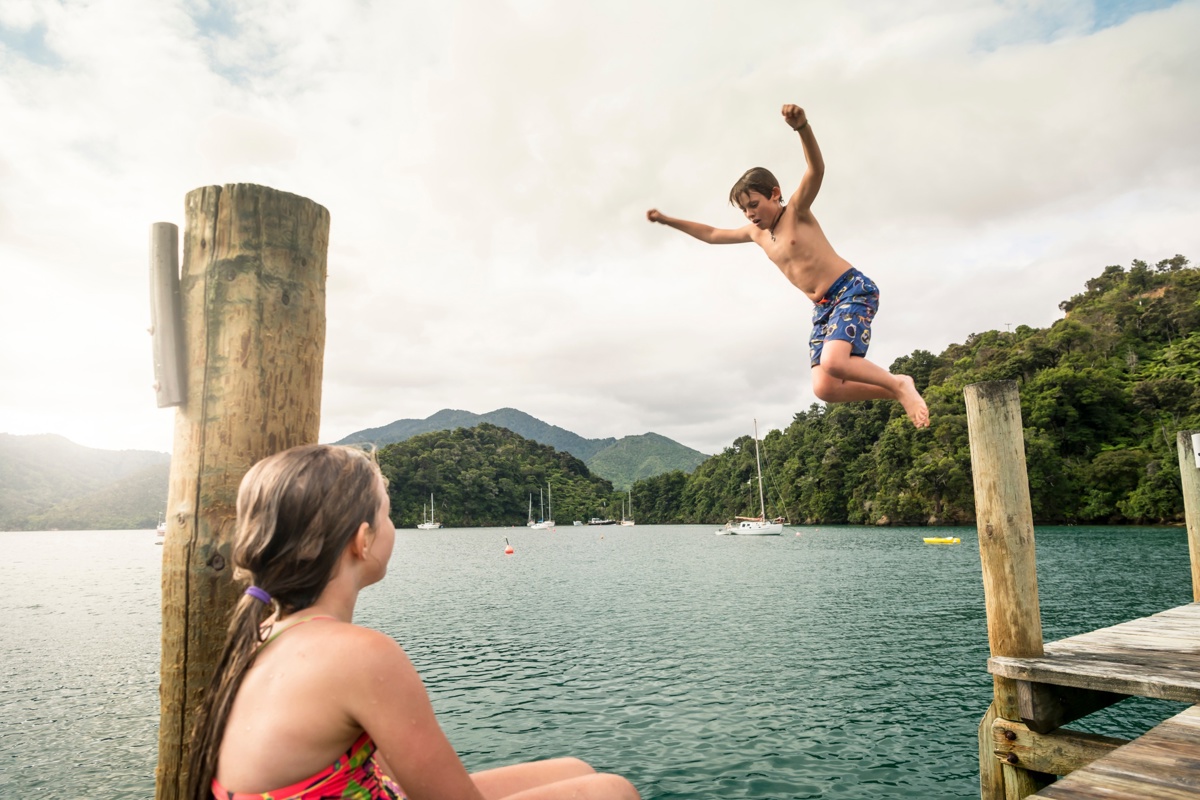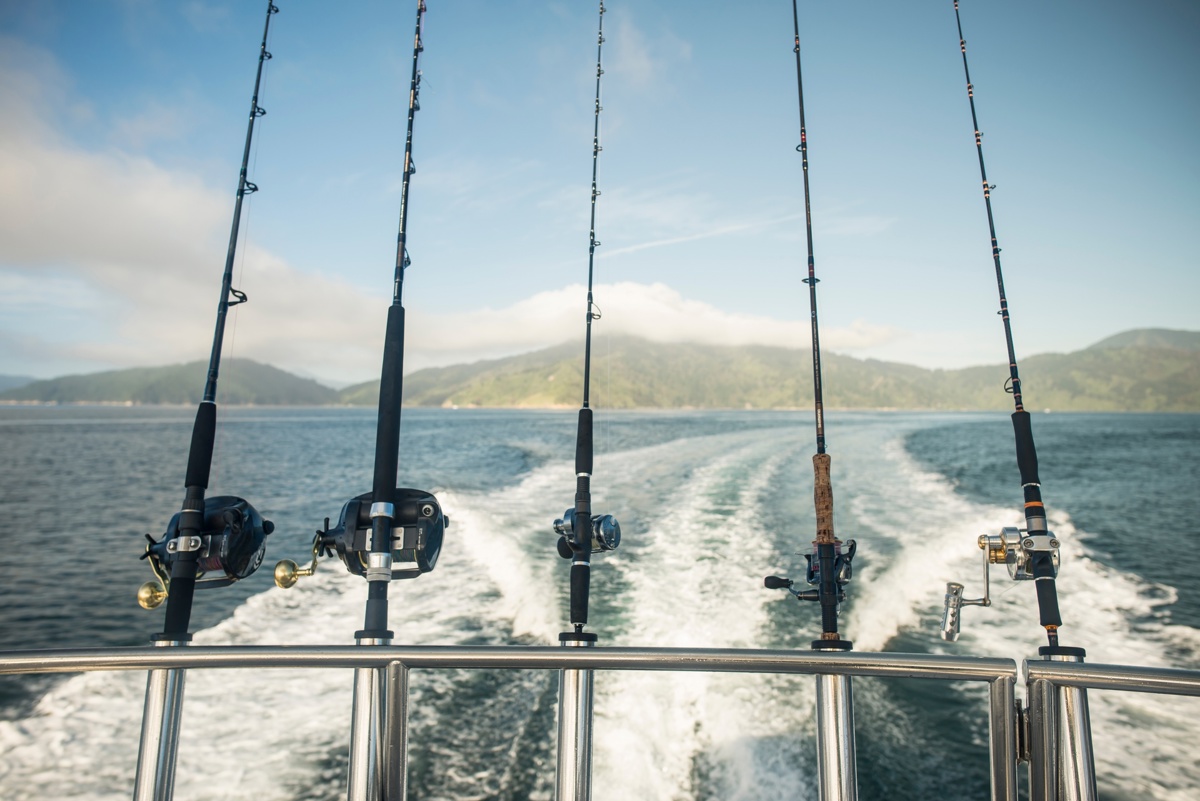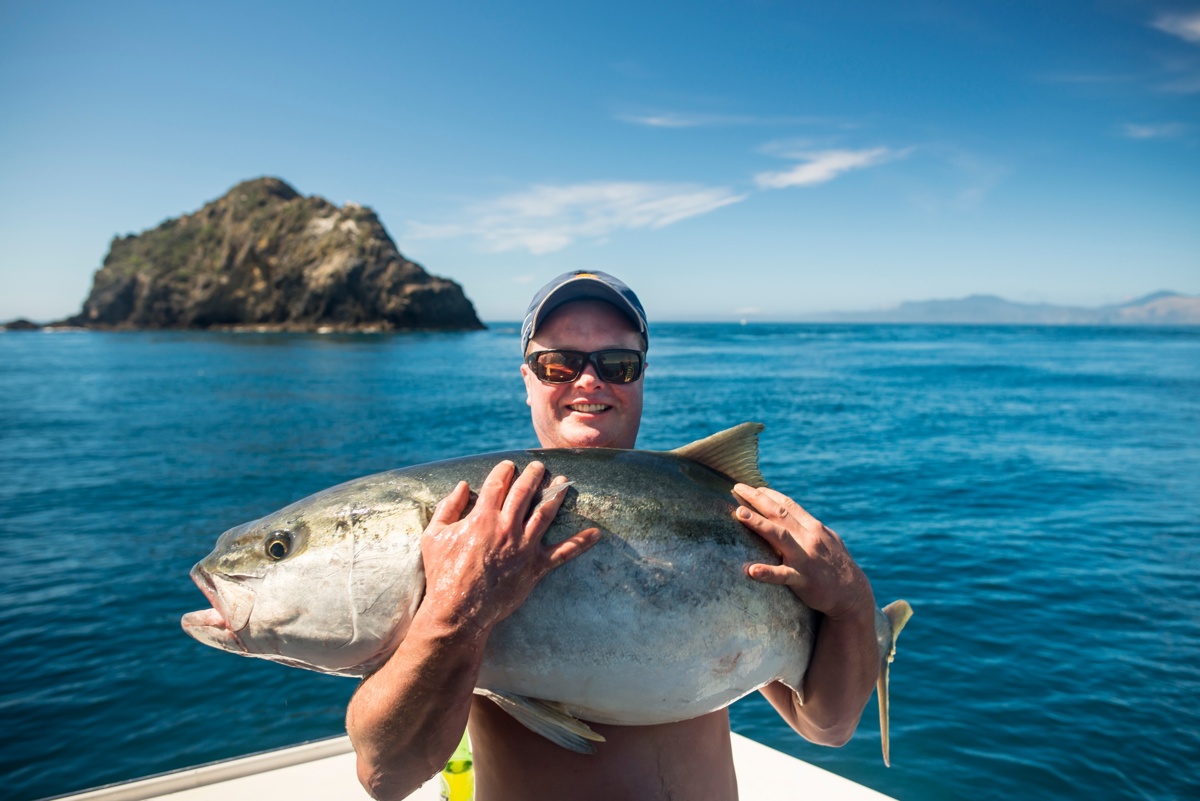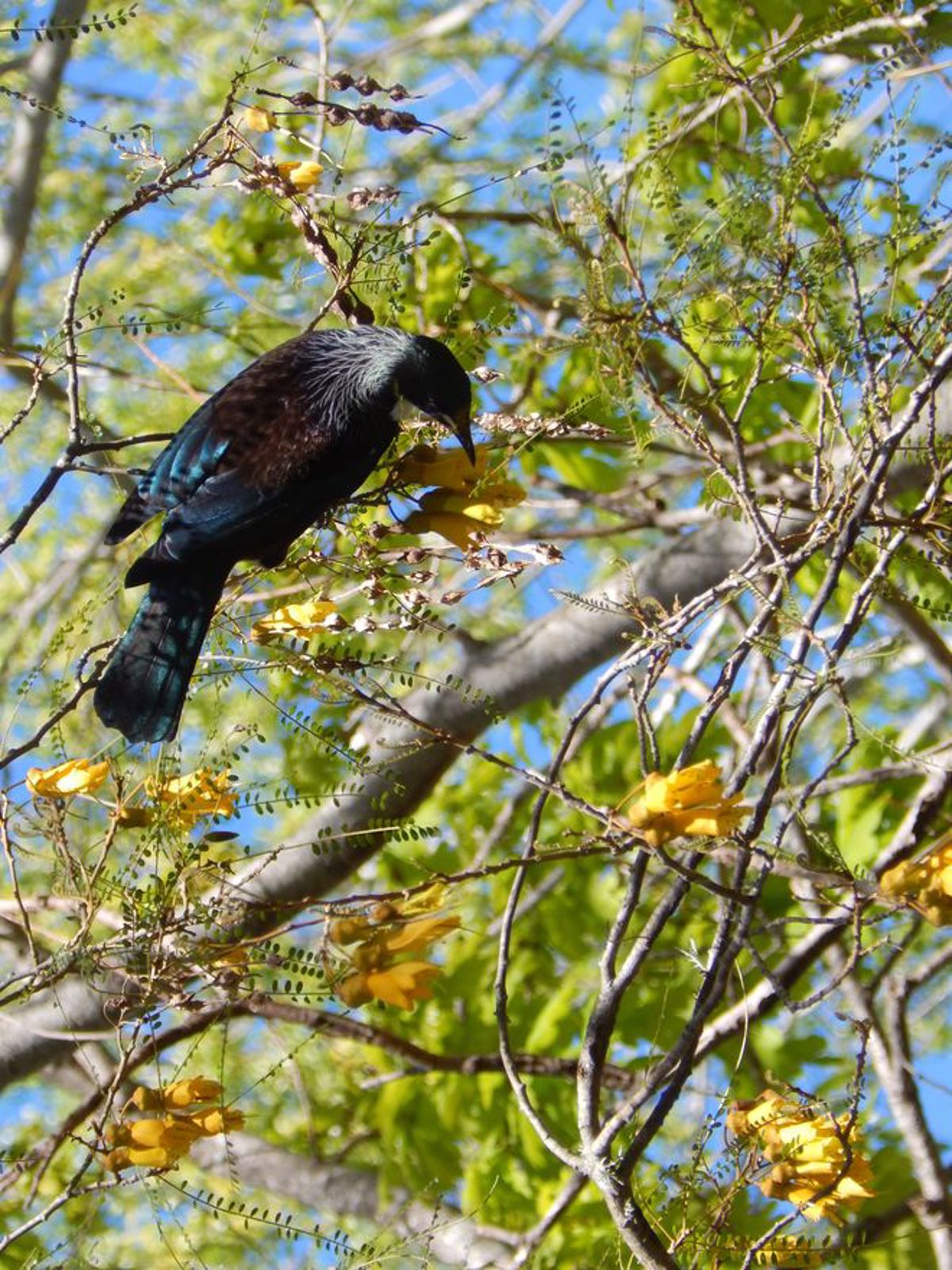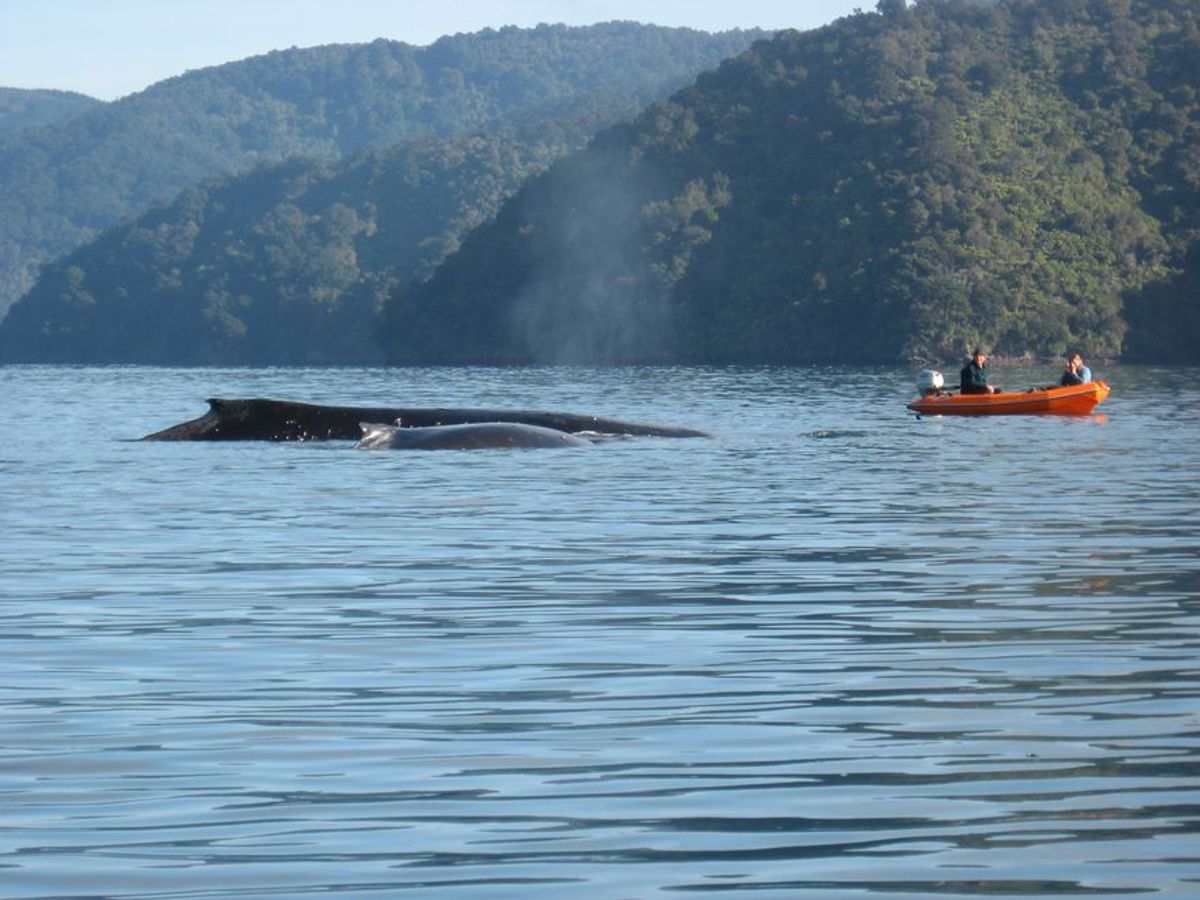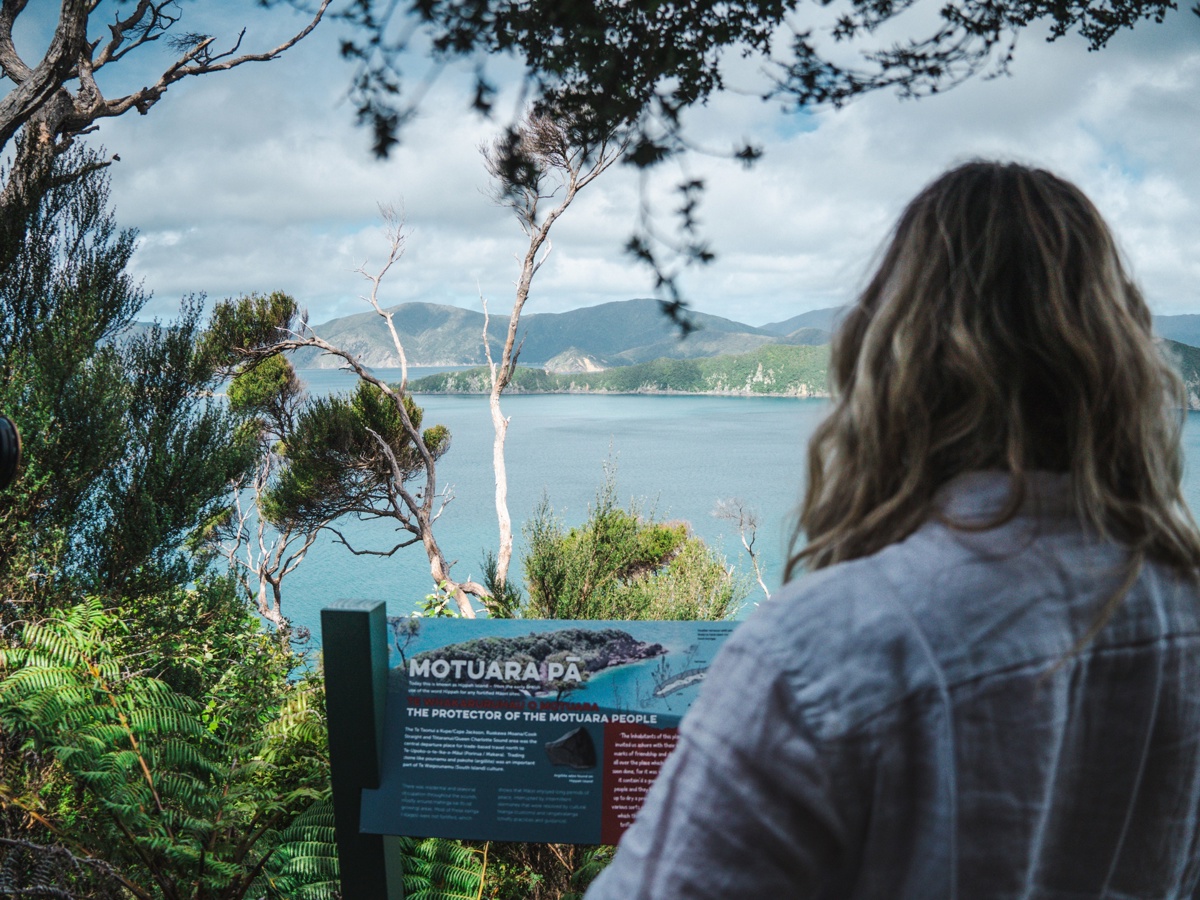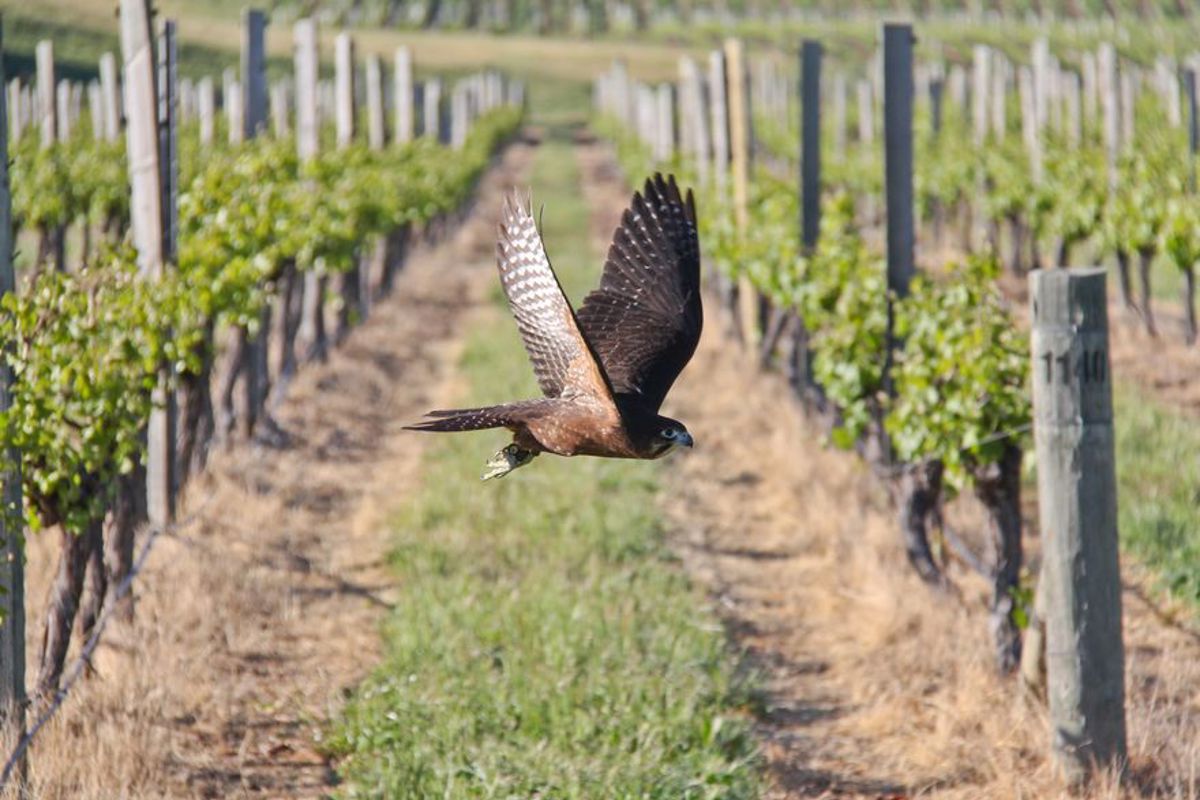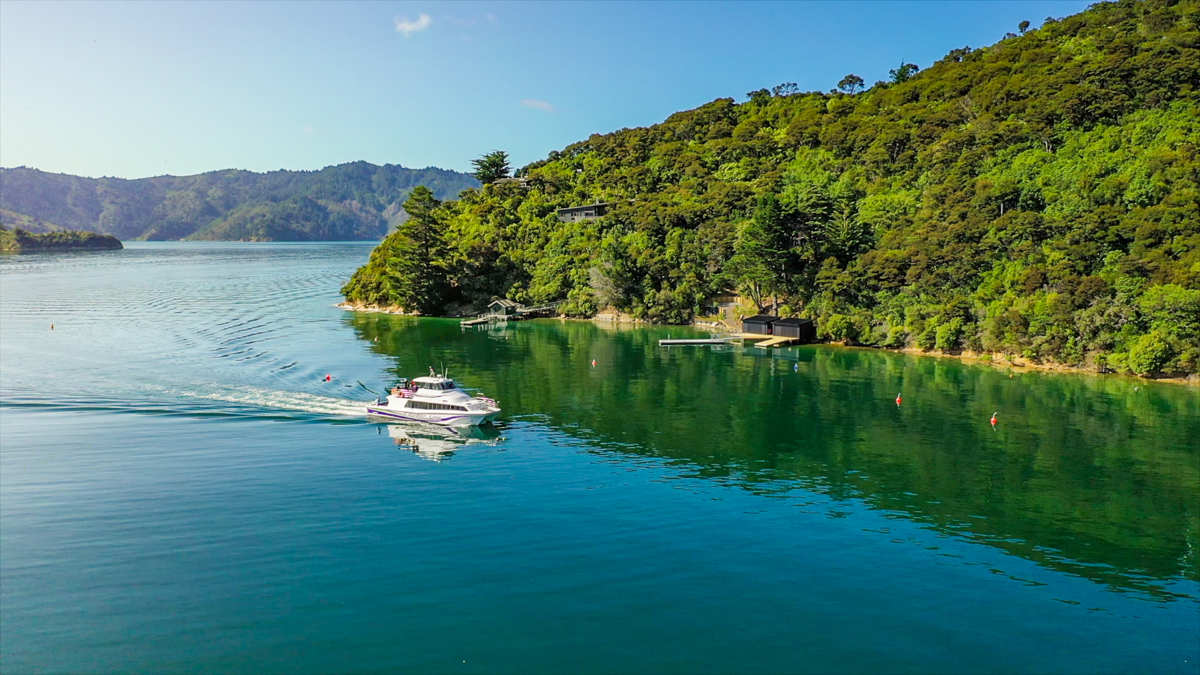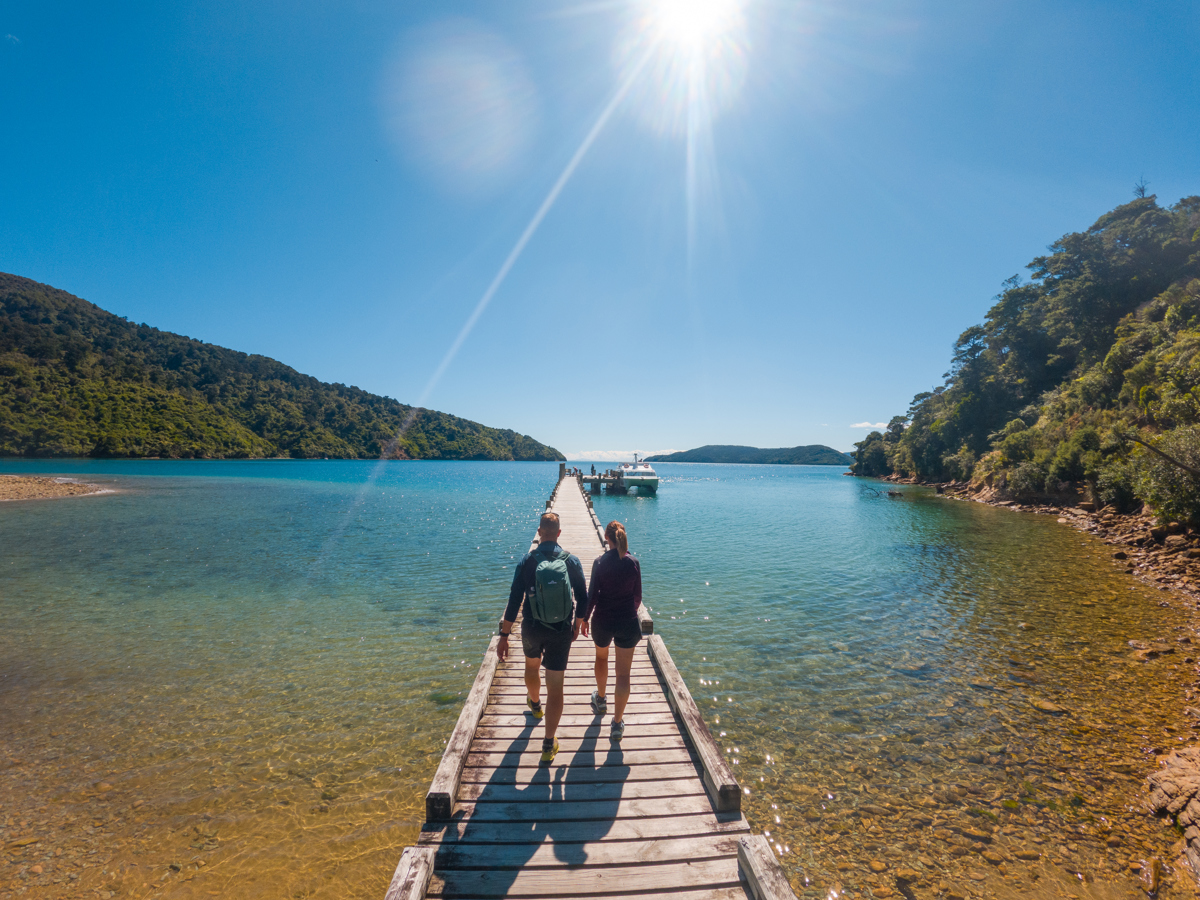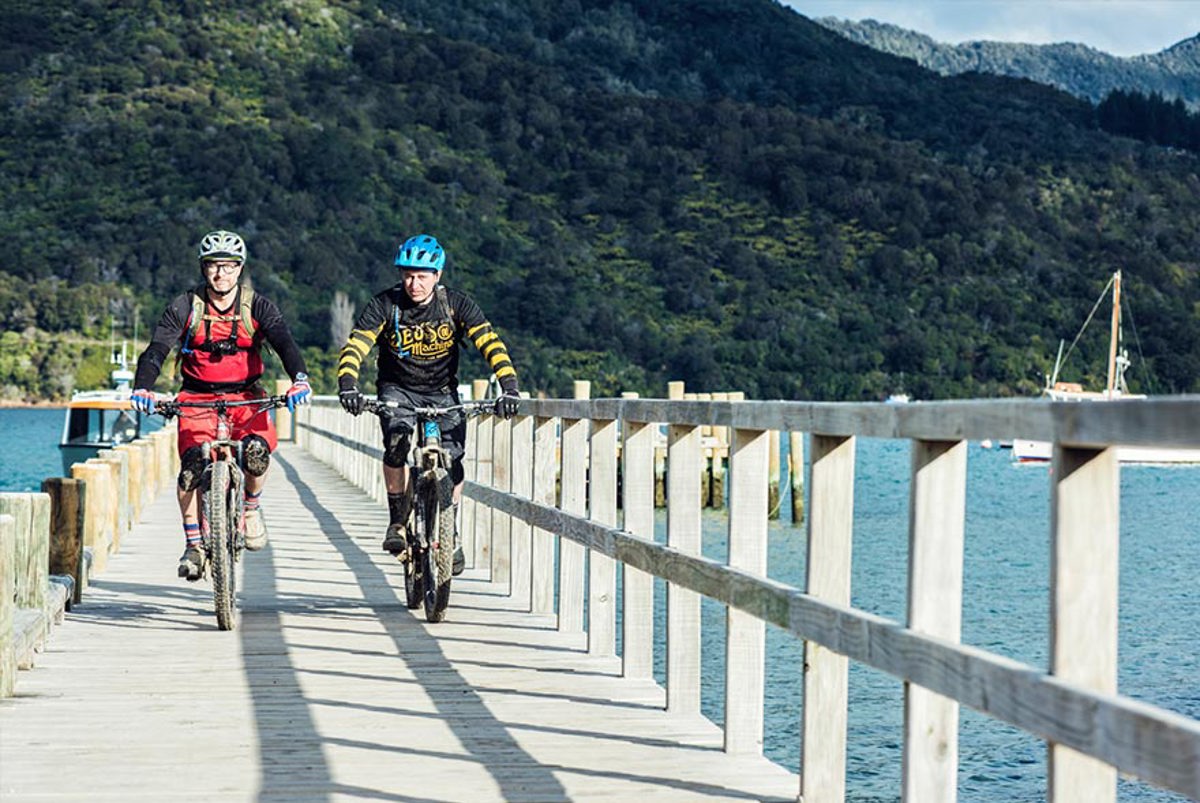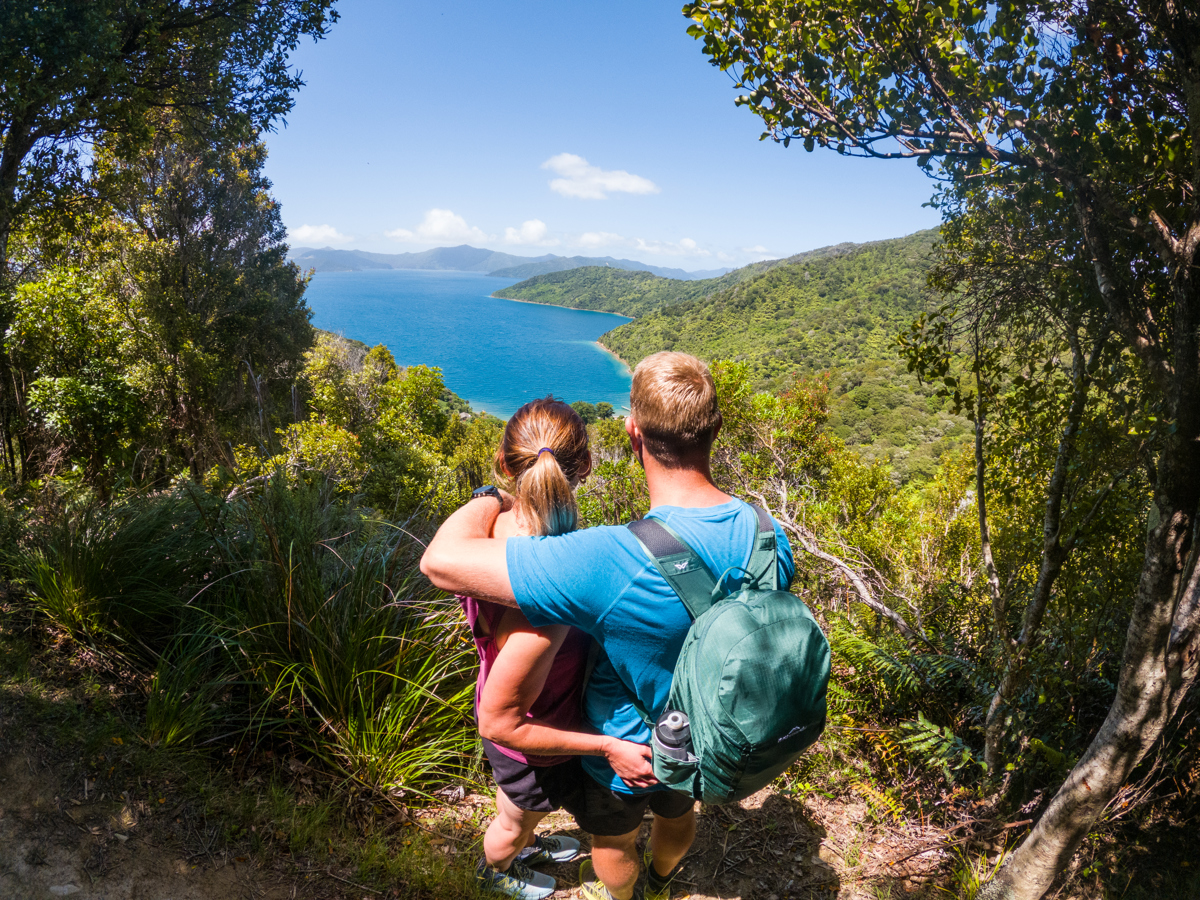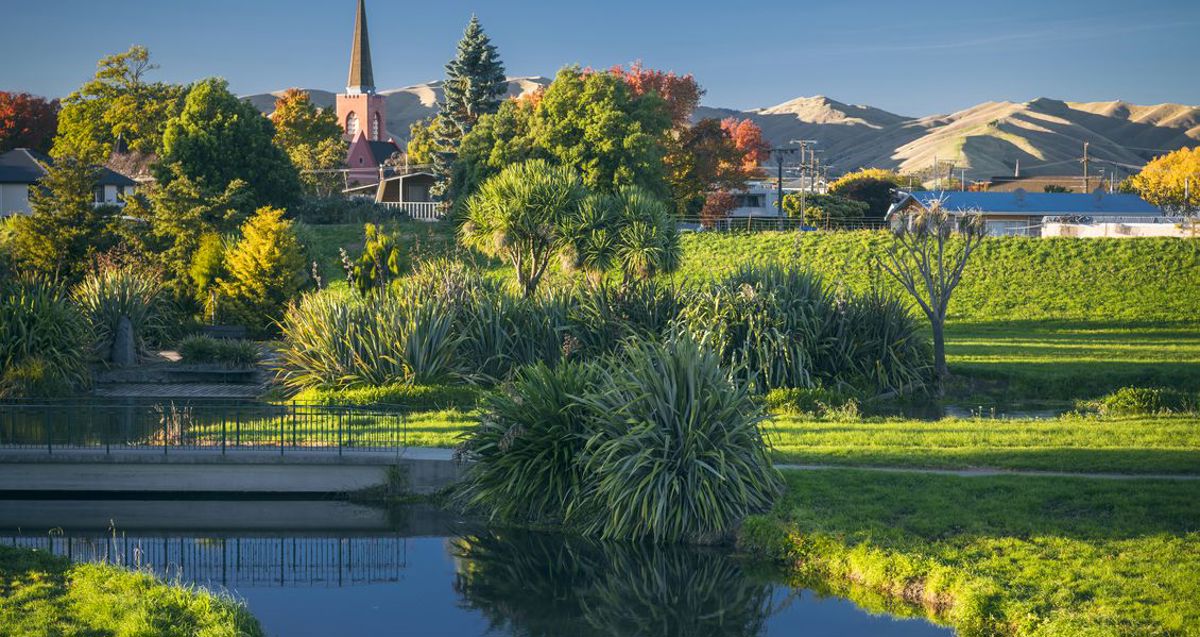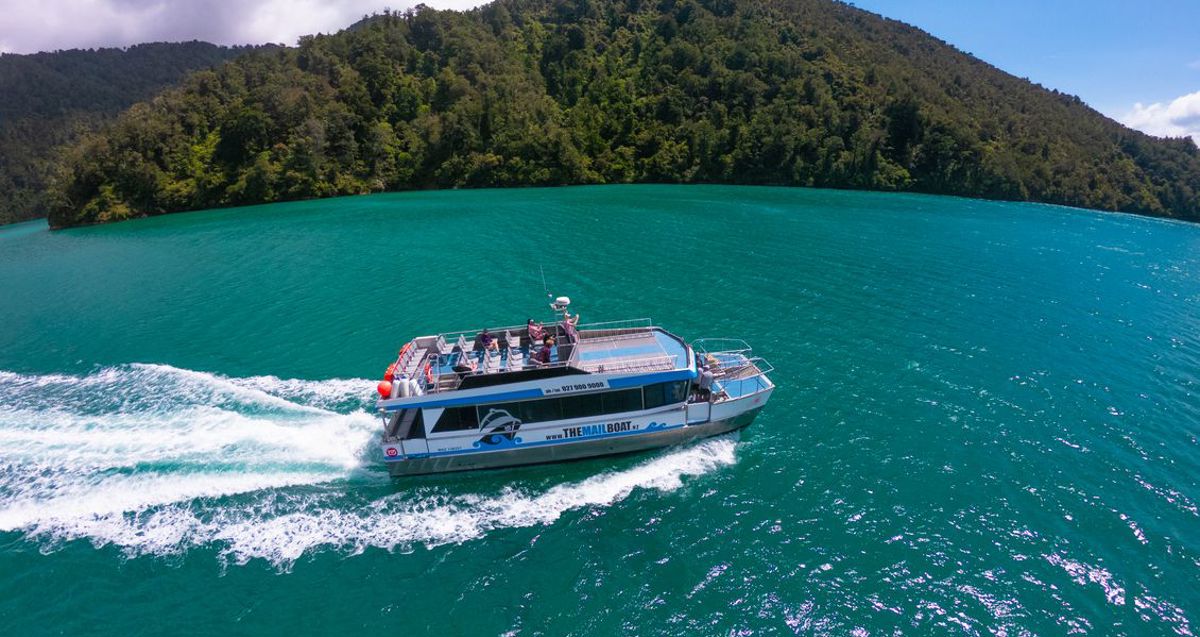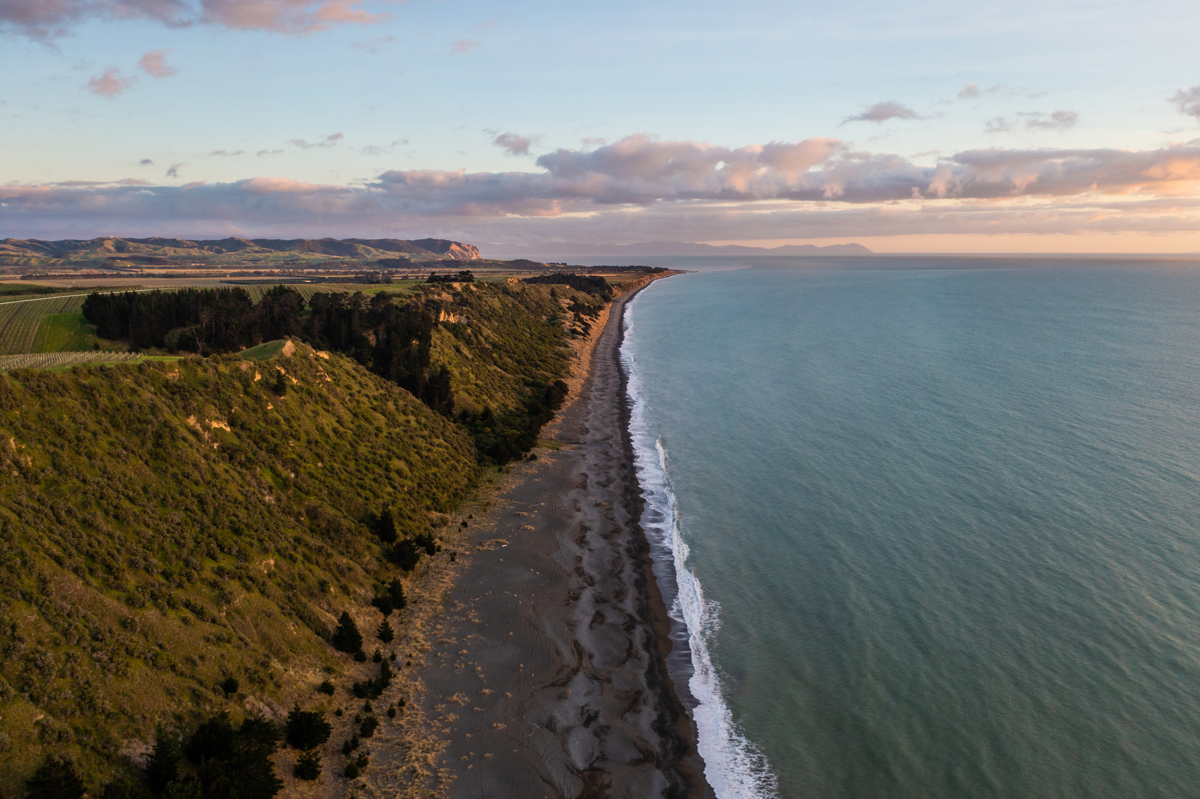Explore Marlborough - Kia hōpara

Food & Drink
Take a Marlborough Sounds seafood tour, visit a local market or head to one of the eateries to sample local delicacies. Marlborough will surprise and delight you and your tastebuds.
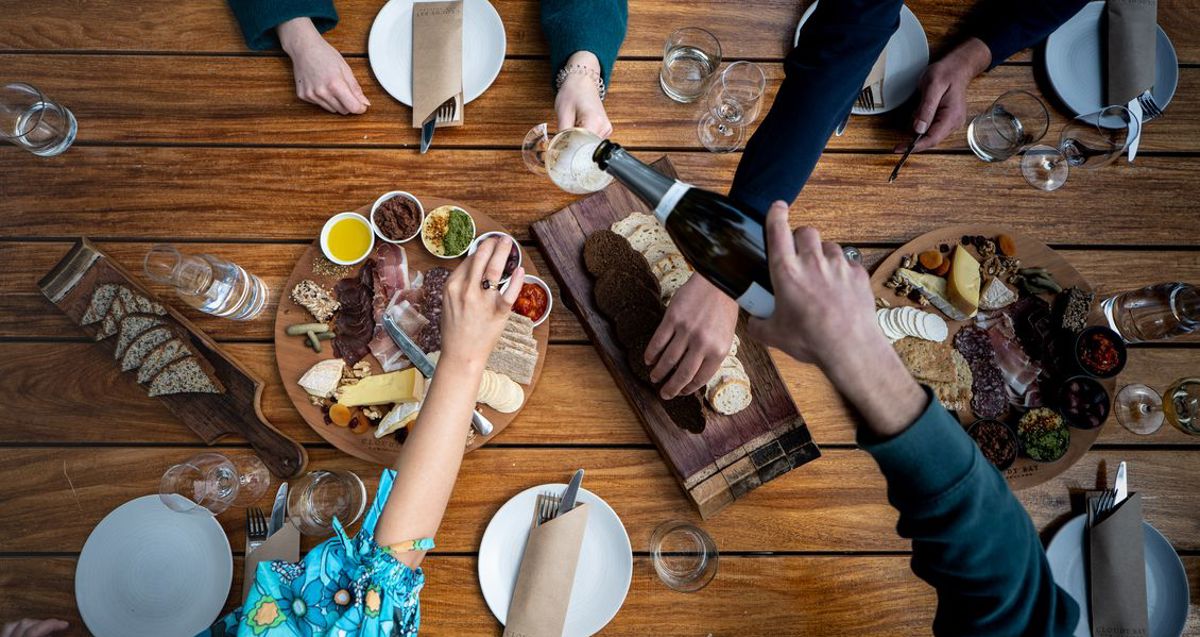
See & Do
A playground of possibilities. Immerse yourself in the breathtaking beauty of Marlborough, where stunning landscapes and endless adventures await. From the Marlborough Sounds that beckon you to sail, kayak, and swim, there's no shortage of unforgettable experiences.
Plan & Stay
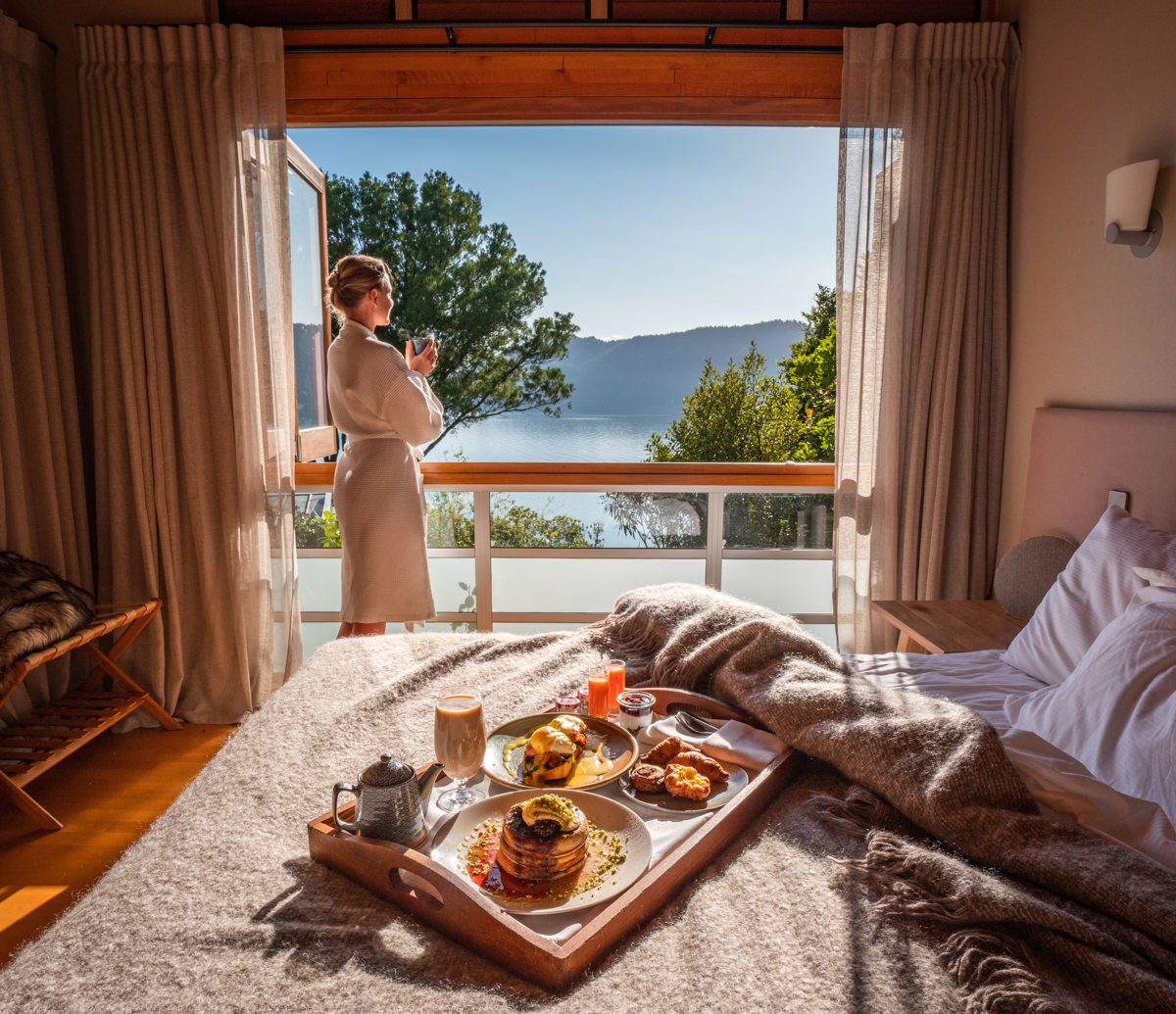
Destinations
Marlborough is blessed with many different storylines bound by the Nukuo Ariki - the four valleys. These four valleys make up the region and should each be discovered and explored. The Wairau Valley, Awatere Valley Queen Charlotte Sound and Kenepuru/Pelorus Sound. Within these valleys lie key destinations, have a look and start planning your next adventure story.
isites Marlborough
Who better to plan and book your Marlborough holiday than a local? The isite Visitor Information Centres are a free service staffed by knowledgeable and passionate people. We are your ‘one stop shop’ for Marlborough travel.
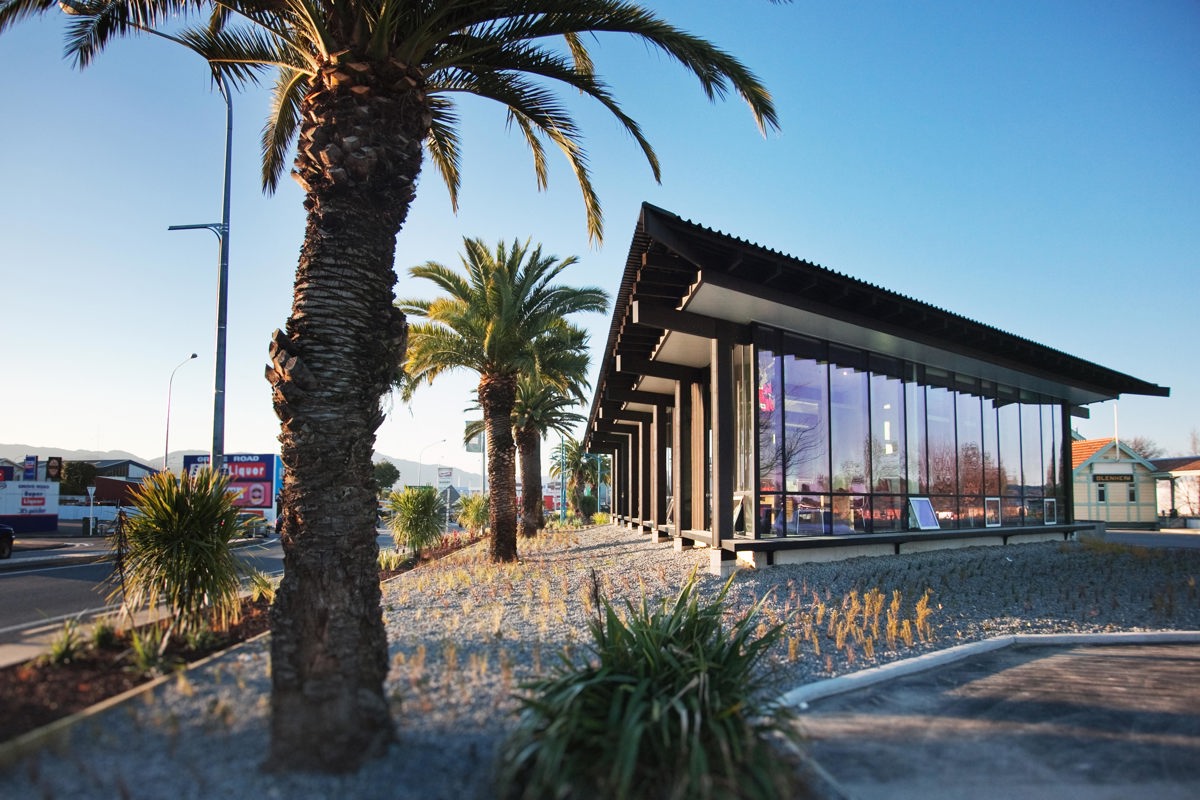
Keep in touch!
Stay inspired for your next trip to Marlborough, subscribe to our consumer newsletter
Be one of the first to know about upcoming events, top places to stay, best foodie spots and sometimes we even share discount codes/deals!
